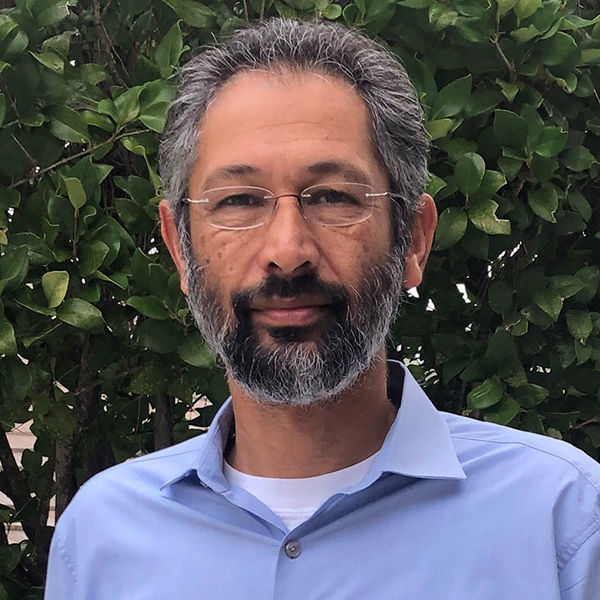Bobby Brar
Teledyne Technologies

Electronic Materials and Device Research for the Coming Decade
Electronic materials, devices and integration are an exciting area of basic and applied research. As technologies mature and improve, optimized for their respective markets, we have seen a divergence in what used to be common manufacturing roadmaps and platforms for integrated circuits. Logic and memory split decades ago, optical devices are driving a massive display and telecomm industry, and microprocessors are constantly exploring niches requiring new architectures. We present three areas where we may continue to extend the boundaries of device research, enabling new applications and improving performance of existing components. First, looking at materials and devices that would imitate the energy efficiency and performance of the human brain in terms of integrated logic and memory; second, materials that allow us to access and control higher densities of charge to enhance communication and sensing; and third, going back to basics with a fresh look at the energy band-structure of materials that have been the workhorse of electronic devices so far.
Bio
Bobby Brar received his Ph.D in Electrical Engineering at UCSB in 1995, conducting research on the lnAs/AISb/GaSb semiconductor materials for high-speed electronic and optoelectronic applications. After completing his graduate work, he joined the Nanoelectronics branch in the Central Research Labs at Texas Instruments and worked on lnP- and Si-based resonant tunneling devices and field effect transistors for high-speed mixed-signal applications. Dr. Brar joined the Teledyne Scientific Company in 1999 to manage the Advanced III-V Devices and Materials department. Dr. Brar is presently responsible for Teledyne Technologies R&D laboratory, supporting the development of new materials, algorithms, optics, MEMS and semiconductor technologies for the next generation of high-performance components and systems. Dr. Brar has previously worked at R&D labs for Rockwell, Texas Instruments, and Raytheon. Dr. Brar has published over 100 papers in conference proceedings and technical journals and has over 35 patents pending or awarded.